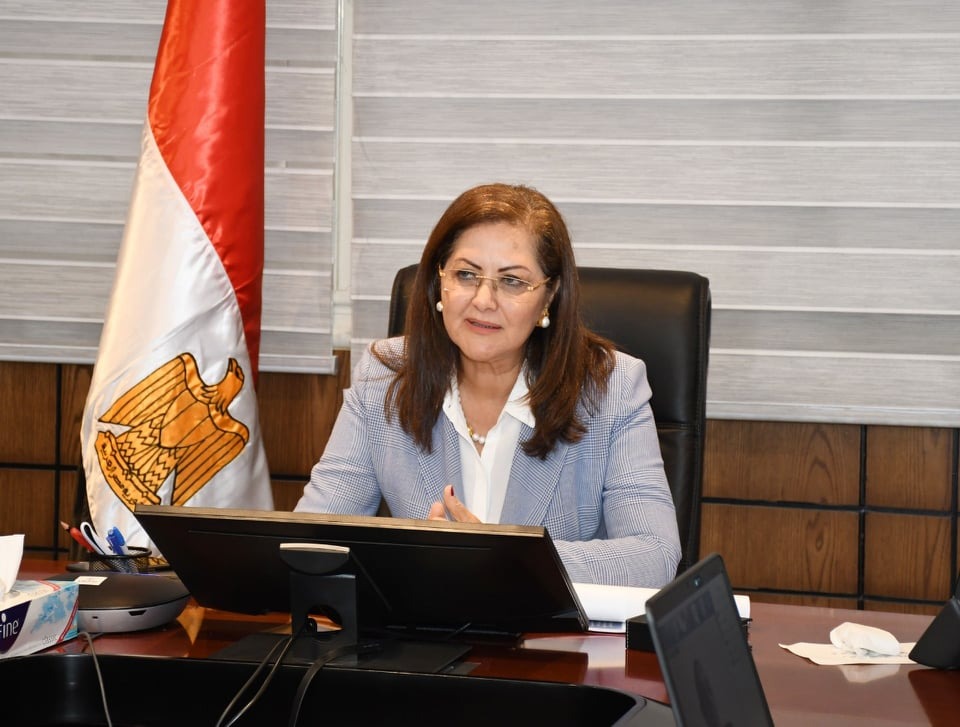Cairo – During a Cabinet meeting, the Egyptian Minister of Planning and Economic Development, Hala El-Saeed (pictured), reviewed the preliminary indicators of Egypt’s economic performance in the first quarter (Q1) of fiscal year 2021/2022. Egypt’s FY starts in July and ends in June, so Q1 ran from July through September.
The minister said Egypt has recorded an economic growth rate of 9.8% during Q1 of the current FY – the highest quarter-on-quarter growth rate in two decades – compared to 0.7% in the year-ago period, thus showing a recovery in the economic performance and a rebounding trend following the coronavirus (COVID-19) pandemic.
The minister added that the annual economic growth rate is expected to record between 5.5% and 5.7% by the end of 2021-2022 as a result of the rebound witnessed across various economic sectors in Q1-21/22. She pointed out that several economic activities managed to reach good growth rates in the period. The restaurants and hotels sector has seen the highest quarterly growth rate by around 181.8%, showing a remarkable recovery from the COVID-19 repercussions.
Egypt’s Suez Canal grows by 20% year-on-year in Q1-21/22, representing a significant recovery from a year ago, driven by higher revenues, number of ships, and tonnage.
The telecommunications registered a growth rate of 16.3%, because of the increased number of high-speed internet users, landline subscribers, and the increase in revenues from data services as a result of the investment in digital infrastructures.
The minister explained that manufacturing registered a growth rate of about 15.2% in Q1, the highest rate in the last two decades, following a 12.7% decline a year ago. This result is largely ascribed to the good performance of paper, pharmaceutical, beverage and clothing industries.
The construction sector registered a growth rate of 10.5% in Q1 from 2.6% a year ago. This good performance is credited to investments made by the New Urban Communities Authority, which increased construction production, and an increase in investments to these economic activities.
Promising sectors
Hala Al-Saeed showed the contributions of different economic sectors to the Gross Domestic Product (GDP) during Q1, explaining that the sectors that contributed the most were: manufacturing, agriculture, commerce, and real estate.
She pointed out that the rate of the participation of individuals in the economic activities increased to 43.7% in Q1 from 41.1% a year ago, as a result of the high level of participation of both women and men.
Inflation and foreign exchange
The minister further remarked that the country’s inflation rate rose to 8% on an annual basis and 1.6% on a monthly basis during September due to the higher global prices of energy, food commodities, and minerals.
The exchange rate has posted a continuous drop since September 2019, reaching EGP 15.7 for USD 1 last September, while foreign exchange reserves have continued to rise for the 16th month running to USD 40.8 billion in September 2021.
Translated by Guilherme Miranda




